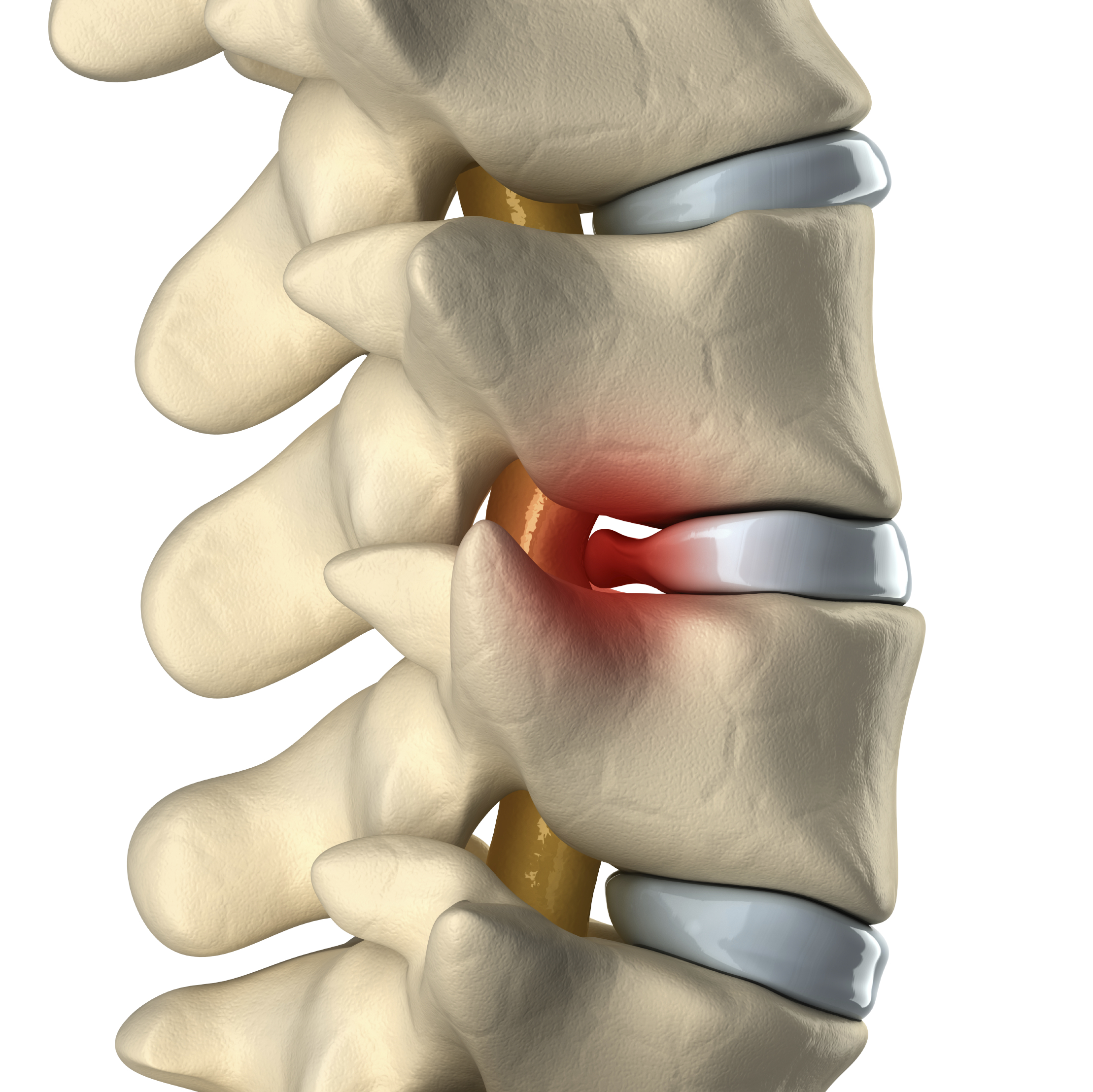Discomfort is a multi-faceted and often crippling experience that affects countless of people around the globe. As we move through various types of pain, from sharp injuries to long-term conditions, comprehending how nutrition plays a key role in pain management can greatly enhance our method to treatment. This piece delves into multiple pain management services and therapies, exploring the intersection of nutrition and pain relief methods.
With a plethora of options available, ranging from conventional medications to complementary therapies, it is critical to recognize how dietary choices can influence our pain levels. By adopting an knowledgeable perspective on what we eat, individuals can utilize the power of specific nutrients to enhance their pain management efforts. From inflammation-reducing diets to recognizing the impact of mindfulness and stress reduction techniques, this thorough guide will illuminate the different facets of pain management, focusing on how nutrition serves as a vital piece of the equation.
### Understanding Discomfort as well as Its Categories
Pain is a intricate and subjective perception which acts as an important signal emitted by the human body showing that an issue might be problematic. It can be classified in a range of methods, including dual main types being intense and long-lasting discomfort .
Intense pain typically arises quickly as a reaction to a particular damage, illness , or operative intervention . This type of pain is usually brief , often disappearing as the body heals , and is typically linked to recognized causes which can often be managed successfully .
In contrast, chronic suffering continues throughout a extended time span , sometimes over several months or even a significant duration. This can arise from a variety of conditions , for instance arthritic conditions, widespread pain , or other hidden medical concerns . Chronic suffering has the potential to affect an person's daily living, leading to complications such as anxiety , depression , and interpersonal disengagement. In contrast to acute discomfort , persistent discomfort may not have a evident cause , making it increasingly challenging to address and needing a comprehensive strategy to care .
In addition to acute and chronic classifications , discomfort can also be divided by its cause, including somatic discomfort , which arises from harm to physical tissue , and neuropathic discomfort , which stems from nerve harm or failure . Comprehending the different kinds of discomfort is essential in creating beneficial pain relief strategies , since it allows healthcare providers to adapt interventions to address the specific demands of every client. By the root reasons and kinds of suffering, clinicians can enhance the total efficiency of discomfort management efforts .

Efficient Discomfort Control Strategies
Effective pain relief encompasses a range of methods aimed at lessening suffering and enhancing life quality. One essential approach is the use of pharmaceuticals, which ranges from non-prescription pain relievers to prescription opioids. However, due to the threat for addiction and side effects, many individuals seek alternatives. Alternative therapies, such as movement therapy, spinal adjustments, and massage therapy, have shown significant promise in alleviating pain and tackling its root causes. These methods often focus on improving mobility, reducing inflammation, and improving overall physical function.
Another critical technique is the incorporation of complementary therapies like acupressure and mindfulness meditation. Acupuncture has been practiced for centuries and involves inserting fine needles into certain points on the body to help relieve pain without medication. Meditative techniques and meditation teach individuals to handle pain by promoting relaxation and mitigating stress, which can exacerbate pain sensations. Incorporating these techniques can provide a well-rounded approach to pain relief, addressing both the physical and emotional aspects of pain.
Lifestyle adjustments also play a vital role in managing pain successfully. Adopting an inflammation-reducing diet rich in nutrient-dense foods, such as fruits, vegetables, and omega-3 fatty acids, can help lessen systemic inflammation, while routine low-impact exercise can improve range of motion and strength. Additionally, stress management techniques, including hatha yoga and adequate sleep, contribute significantly to pain alleviation by enhancing overall wellness. By combining these effective strategies, individuals can more successfully navigate their pain management experience.
Holistic Approaches to Pain Relief
Holistic methods to alleviating pain emphasize the importance of integrating various therapies to address pain from different perspectives. This holistic perspective goes beyond traditional medical treatments by including lifestyle changes, dietary modifications, and alternative therapies. For example, the role of nutrition in pain management is gaining recognition, with anti-inflammatory diets showing promise in reducing pain for conditions such as arthritis and fibromyalgia. By focusing on whole foods rich in antioxidants and omega-3 fatty acids, individuals may experience a decrease in inflammation, which in turn alleviating pain symptoms.
Exercise, such as yoga and tailored exercise programs, also play a crucial role in holistic pain management. These practices not only improve physical fitness but also enhance mental well-being, which can significantly affect pain perception. Mindfulness and relaxation techniques have been shown to help diminish stress, which is closely linked to higher pain levels. By promoting a sense of calm and enhancing emotional resilience, these techniques complement other treatments and contribute to a comprehensive pain management strategy.
Furthermore, alternative therapies like acupuncture, chiropractic care, and massage therapy provide further layers of support for those suffering from persistent pain. These methods target pain physically through adjustment and fine-tuning of the body's musculoskeletal system. When utilized in conjunction with medical treatments, they can enhance overall effectiveness and lead to a higher quality of life for patients. By recognizing and integrating chronic pain varied approaches, individuals can create a balanced and personalized pain management plan that meets their unique needs.
